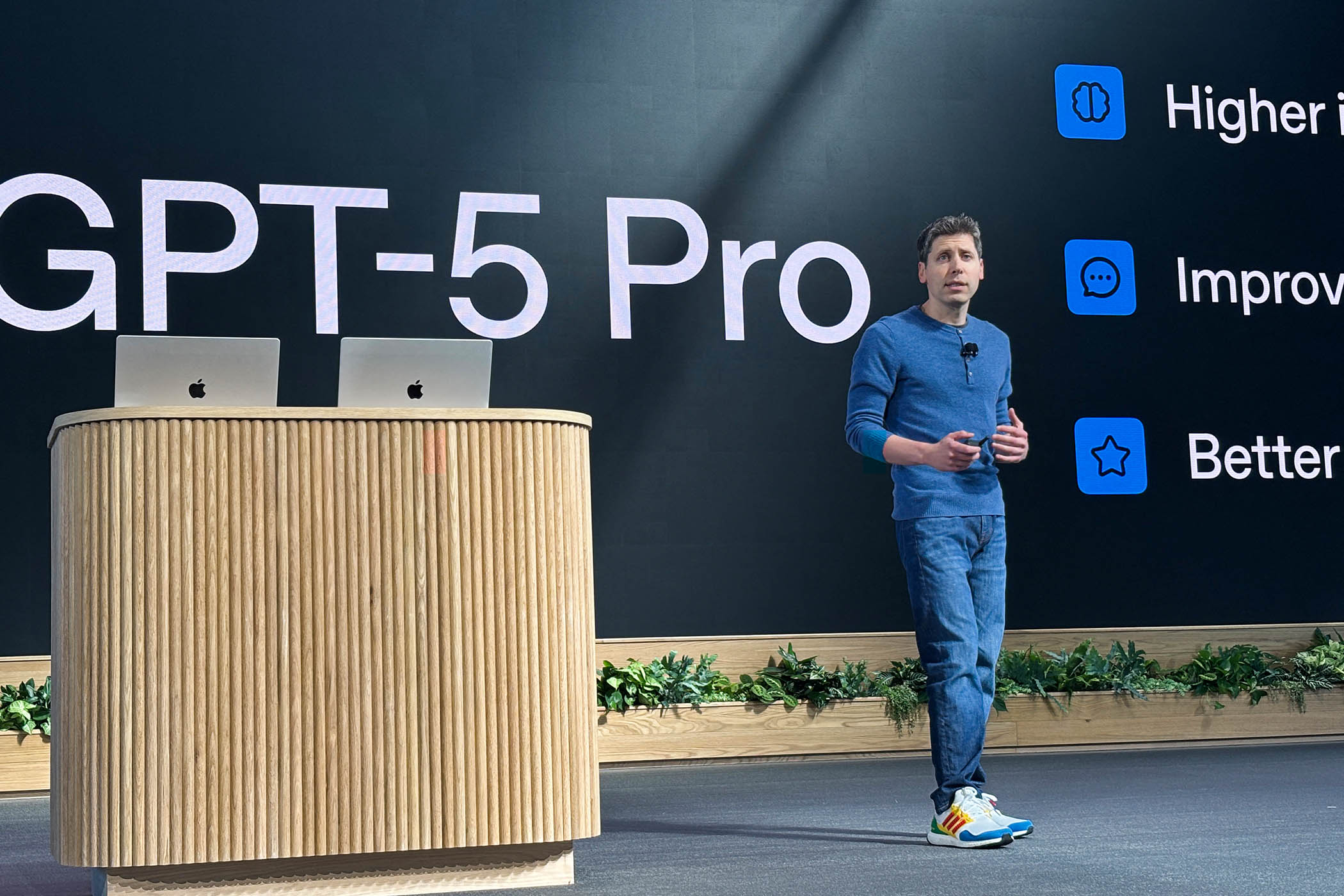European spending on ChatGPT has stalled since May, according to an analysis of transaction data by Deutsche Bank.
Subscriptions are not a proxy for the financial health of OpenAI, let alone an indication that the much-discussed AI “bubble” is about to pop. But they are one of the few flashes of information available to disorientated investors.
After surging in 2023, the monthly growth rate of consumer spending on the world’s leading chatbot has slowed in five major European countries representing 15% of users. This raises questions about how OpenAI plans to further monetise its product to fund nearly $1tn of deals focused on building out AI infrastructure. It’s already exploring new revenue streams, including advertising, business services, video and an update last week will allow the chatbot to engage in “erotica” with verified adult users.
“OpenAI is the poster child for AI, and ChatGPT is the poster child for chatbot models,” says Deutsche Bank analyst Adrian Cox. “But because it is a private company, there’s not very much visibility on how it’s doing.”
Unlike in 2023 and 2024, ChatGPT did not enjoy the usual September spike in subscriptions from returning students, and growth has flatlined for four months. But, by other measures, it’s doing fine. OpenAI says it will generate $13bn in revenue this year from 20 million paying subscribers and a billion weekly active users. Assuming a $500bn valuation, it has a price to revenue ratio of 38 times. Spending on OpenAI subscriptions in Europe has reached almost half as much as Spotify and a quarter of what Netflix makes in the same markets.
The list of voices warning about a “bubble” grows longer by the day. Ken Griffin, founder of hedge fund giant Citadel, said last week that “with GenAI there are clearly ways it enhances productivity, but for uncovering alpha it just falls short”. This follows similar warnings from the IMF, the Bank of England, Goldman Sachs, JPMorgan Chase and Citi.
But many argue this bubble is exceptional and may be “good”; leaving infrastructure platforms on which future companies can build. Historical comparisons are only semi-useful: “This is not a run-up like the dotcom bubble where there were lots of companies that had just IPO’d, had never turned a year of profit, and [lacked] viable business models,” says Cox.
Conversely, the hyper-scalers have “well-established business models and very little debt and are funding this expansion out of free cashflow”.
But the size of the bubble is unprecedented. Ten lossmaking AI start-ups have gained close to $1tn in valuation in the past year, according to the FT. Capital expenditure on data centres by the tech giants is already close to 1% of US GDP in 2025.According to research by Azeem Azhar, at the height of the US railroad expansion in 1872, capex was around two times revenues. In the late 1990s telecom bubble, capex amounted to just under four times revenues. Today’s genAI boom runs on roughly $60bn in revenues against about $370bn in capex, a ratio of six times.
Slips in subscription revenues will not be enough to dent investor belief in AI’s transformative opportunities. But as Sam Altman said in 2022: “We will have to monetise it somehow, at some point.” To some extent, that’s still the case.
“Bubbles are not linear,” says Cox. Before the dot-com bubble burst in March 2000, the Nasdaq index had surged and fell back by over 10% several times in the five years prior. It was climbing well after talk of a bubble became commonplace.
Photograph by Benjamin Legendre/AFP, Getty

